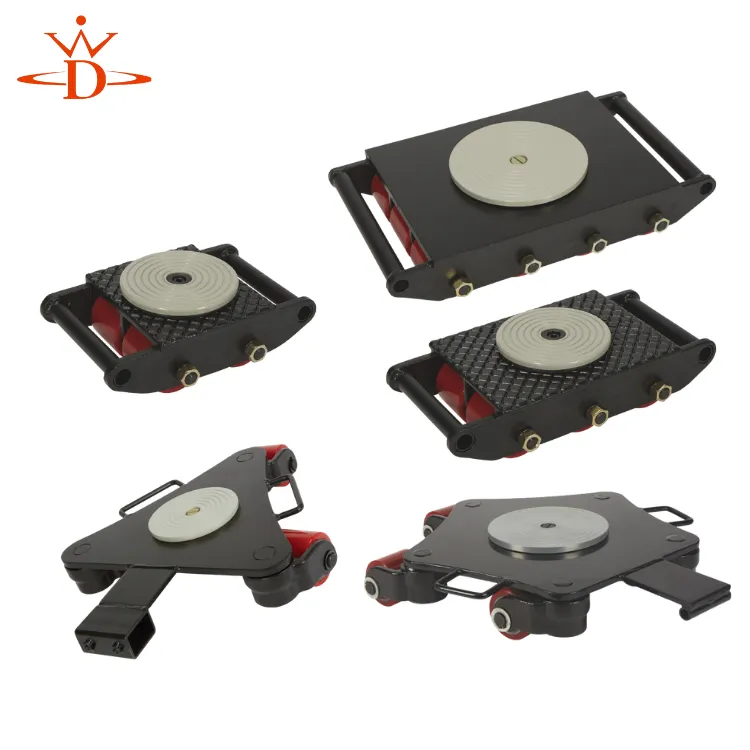Exploring the Benefits and Features of a Lightweight Gantry Crane for Efficient Material Handling
The Advantages of Lightweight Gantry Cranes in Modern Industry
In the rapidly evolving landscape of modern manufacturing and logistics, the demand for versatile and efficient material handling solutions has become paramount. One innovative solution that has gained traction in recent years is the lightweight gantry crane. These cranes are a game-changer in various industries due to their combination of portability, ease of use, and cost-effectiveness. In this article, we will explore the features, benefits, and applications of lightweight gantry cranes.
Features of Lightweight Gantry Cranes
Lightweight gantry cranes are typically constructed from aluminum or other lightweight materials, making them significantly easier to move and set up compared to traditional steel gantry cranes. Their modular design allows for quick assembly and disassembly, often without the need for specialized tools.
Most lightweight gantry cranes come with adjustable heights and spans, making them adaptable to different work environments. They usually feature locking wheels for stability, ensuring they can be safely positioned wherever required. Additionally, many models support various types of hoists, allowing companies to tailor the equipment to their specific lifting needs.
Benefits of Lightweight Gantry Cranes
1. Portability One of the most significant advantages of lightweight gantry cranes is their portability. Unlike heavier cranes, these units can easily be moved by hand or with minimal mechanization. This feature is particularly beneficial in industries where workstations frequently change or where equipment needs to be relocated for different projects.
2. Ease of Setup With their simple assembly process, lightweight gantry cranes allow for rapid setup and takedown. This efficiency not only saves time during production but also reduces downtime when shifting from one task to another.
3. Cost-Effectiveness Lightweight gantry cranes often come at a lower price point than their heavier counterparts. Their affordability makes them accessible to small businesses and startups that require efficient lifting solutions without the overhead costs associated with larger equipment.
lightweight gantry crane

4. Safety Today’s industry standards prioritize worker safety, and lightweight gantry cranes are designed with this in mind. Their stable construction, along with safety features like overload protection and locking wheels, helps minimize the risk of accidents in the workplace.
5. Versatility These cranes find applications across various sectors, including manufacturing, warehousing, automotive, and construction. They are ideal for lifting and moving heavy items, fixtures, and machinery, often in confined spaces where traditional cranes would be impractical.
Applications in Industry
Lightweight gantry cranes are being utilized in diverse applications. In manufacturing settings, they assist with the assembly and movement of components on production lines. In the automotive industry, they facilitate the lifting and placement of engines or body parts with precision.
Additionally, in warehouses, these cranes help manage inventory more effectively, allowing for easy retrieval and movement of goods. They are also commonly used in construction sites for moving equipment and materials, significantly streamlining operations.
Furthermore, the recent growth of e-commerce has led to an increase in warehousing and distribution needs, where lightweight gantry cranes excel due to their adaptability and speed.
Conclusion
Lightweight gantry cranes represent a significant advancement in material handling technology. Their portability, ease of use, cost-effectiveness, and safety features make them a valuable asset across various industries. As businesses continue to seek innovative solutions to improve efficiency and productivity, lightweight gantry cranes stand out as a practical tool for modern operations. As the marketplace evolves, these cranes will undoubtedly play an essential role in shaping the future of material handling.
-
the-power-of-trolley-cargo-and-machinery-moving-solutionsNewsAug.22,2025
-
exploring-magnetic-lifting-devices-for-efficient-steel-plate-handlingNewsAug.22,2025
-
the-essential-guide-toportal-craneNewsAug.22,2025
-
enhancing-efficiency-in-permanent-magnetic-liftersNewsAug.22,2025
-
heavy-duty-machinery-movers-and-material-handling-solutionsNewsAug.22,2025
-
the-comprehensive-guide-to-adjustable-gantry-cranesNewsAug.22,2025
-
The Ultimate Guide to Heavy Machinery Moving EquipmentNewsAug.04,2025
